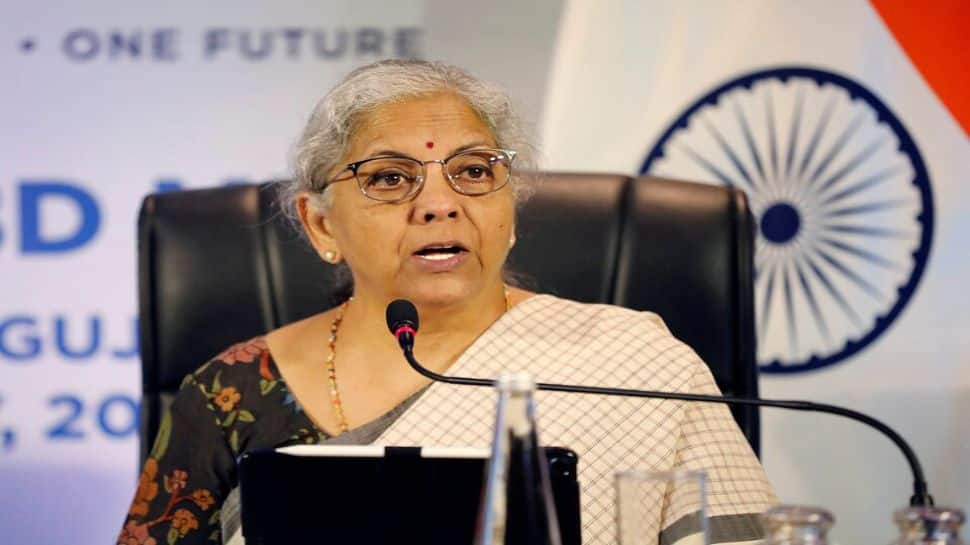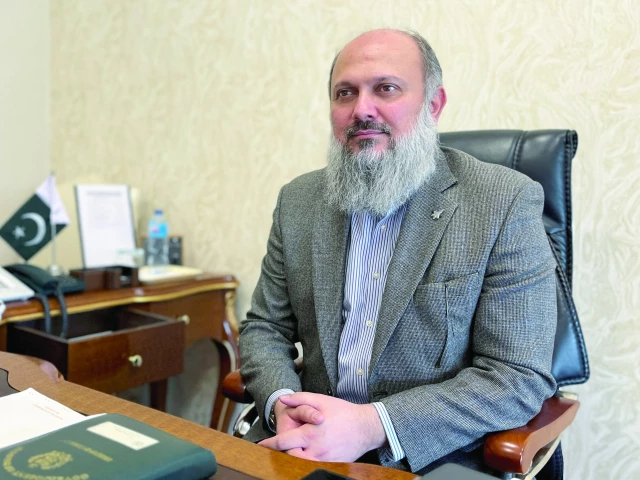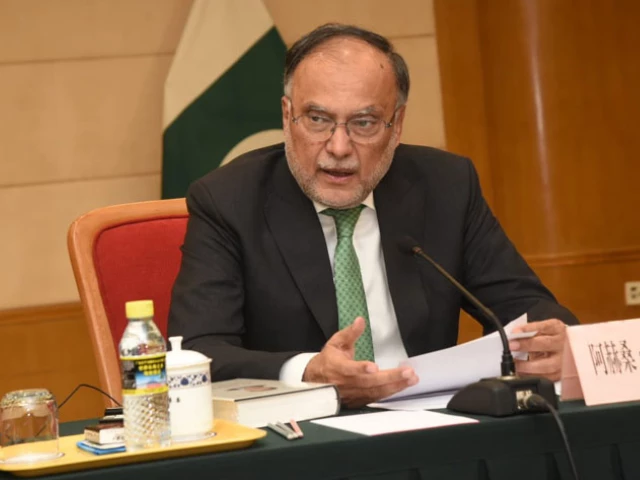Business
Summer travel isn’t as easy as it used to be for airlines

A passenger looks at aircrafts at Hartsfield-Jackson Atlanta International Airport in Atlanta, Georgia on July 2, 2025.
Charly Triballeau | AFP | Getty Images
Making money in the summer is not as easy as it used to be for airlines.
Airlines have drawn down their schedules in August for a variety of reasons. Some travelers are opting to fly earlier, in June or even May, as schools let out sooner than they used to. Demand for flights to Europe has also been moving from the sweltering, crowded summer to the fall, airline executives have said, especially for travelers with more flexibility, like retirees.
Carriers still make the bulk of their money in the second and third quarters. But as travel demand has shifted, and in some cases customers have become altogether unpredictable, making the third quarter less of a shoo-in moneymaker for airlines.
Change of plans, pricier tickets
Airline planners have been forced to get more surgical with schedules in August as leisure demand tapers off from the late spring and summer peaks. Labor and other costs have jumped after the pandemic, so getting the mix of flights right is essential.
Carriers across the industry have been taking flights off the schedule after an overhang of too much capacity pushed down fares this summer. But the capacity cuts are set to further drive up airfares, which rose 0.7% in July from last year, and a seasonally adjusted 4% jump from June to July, according to the latest U.S. inflation read.
U.S. airlines’ domestic capacity is down 6% in August from July, according to aviation data firm Cirium. The same period last year, they cut domestic capacity just over 4% compared with just a 0.6% downsize between the months in 2023, Cirium said. From July to August in 2019, airlines cut 1.7% of capacity.
Carriers that bet on a blockbuster year were left disappointed earlier in 2025 when consumers weighed President Donald Trump‘s on-again, off-again tariffs and economic uncertainty. To attract more customers, many airlines slashed prices, even for flights in the summer peaks in late June and July.
Demand has improved, airline executives said on earnings calls in recent months, but carriers including Delta, American, United and Southwest last month lowered their 2025 profit forecasts compared with their sunnier outlooks at the start of the year.
Further complicating matters, some travelers have been also waiting until the last minute to book flights.
“It really was, I would say, middle of May, when we started seeing Memorial Day bookings pick up,” JetBlue Airways President Marty St. George told investors last month. “We had a fantastic Memorial Day, much better than forecast, and that really carried into June. But it does have the feeling of people just waited a long time to make the final decisions.”
There’s always next year
Now, some airlines are already thinking about how to tackle ever-changing travel patterns next year.
“Schools are going back earlier and earlier but what you also see is schools are getting out earlier and earlier,” Brian Znotins, American Airlines‘ vice president of network planning and schedule, told CNBC.
Public schools in Dallas and Fort Worth, Texas, returned on Aug. 5, and Atlanta public schools resumed Aug. 4. In 2023, more than half of the country’s public school students went back to classrooms by mid-August, according to the Pew Research Center.
Southwest, with its Texas roots, ended its summer schedule on Aug. 5 this year, compared with Aug. 15 in 2023. American, for its part, is shifting some peak flying next year.
“We’re moving our whole summer schedule change to the week before Memorial Day,” Znotins said. “That’s just in response to schools letting out in the spring.” Those plans include additions of a host of long-haul international flights.
“We are a year-round airline,” he continued. Znotins said the carrier has to not just make sure there are enough seats for peak periods, but know when to cut back in lighter quarters, like the first three months of the year.
“For a network planner, the harder schedules to build are the ones where there’s lower demand because you can’t just count on demand coming to your flights,” Znotins said. “When demand is lower, you need to find ways to attract customers to your flights with a good quality schedule and product changes.”
American said its schedule by seats in August was on par with July in 2019, but that this year it was 6% lower in August from July.
American forecast last month it could lose an adjusted 10 cents to 60 cents a share in the third quarter, below what analysts are expecting. CEO Robert Isom said on an earnings call that “July has been tough,” though the carrier says trends have improved.
The capacity cuts, coupled with more encouraging booking patterns lately, are fueling optimism about a better supply and demand balance in the coming weeks.
“The mistake some airlines make, you tend to try to build a church for Easter Sunday: You build your capacity foundation for those peak periods and then you have way too many [employees],” said Raymond James airline analyst Savanthi Syth.
She said it was unusual to see airlines across the board pruning their summer schedules before even the peak period ended, but she is upbeat about demand, and fares, going forward.
“Time has passed and people are getting a little more certainty on what their future looks like and they’re more willing to spend,” she said.
Business
India’s $5 Trillion Economy Push Explained: Why Modi Govt Wants To Merge 12 Banks Into 4 Mega ‘World-Class’ Lending Giants

India’s Public Sector Banks Merger: The Centre is mulling over consolidating public-sector banks, and officials involved in the process say the long-term plan could eventually bring down the number of state-owned lenders from 12 to possibly just 4. The goal is to build a banking system that is large enough in scale, has deeper capital strength and is prepared to meet the credit needs of a fast-growing economy.
The minister explained that bigger banks are better equipped to support large-scale lending and long-term projects. “The country’s economy is moving rapidly toward the $5 trillion mark. The government is active in building bigger banks that can meet rising requirements,” she said.
Why India Wants Larger Banks
Sitharaman recently confirmed that the government and the Reserve Bank of India have already begun detailed conversations on another round of mergers. She said the focus is on creating “world-class” banks that can support India’s expanding industries, rising infrastructure investments and overall credit demand.
She clarified that this is not only about merging institutions. The government and RBI are working on strengthening the entire banking ecosystem so that banks grow naturally and operate in a stable environment.
According to her, the core aim is to build stronger, more efficient and globally competitive banks that can help sustain India’s growth momentum.
At present, the country has a total of 12 public sector banks: the State Bank of India (SBI), the Punjab National Bank (PNB), the Bank of Baroda, the Canara Bank, the Union Bank of India, the Bank of India, the Indian Bank, the Central Bank of India, the Indian Overseas Bank (IOB) and the UCO Bank.
What Happens To Employees After Merger?
Whenever bank mergers are discussed, employees become anxious. A merger does not only combine balance sheets; it also brings together different work cultures, internal systems and employee expectations.
In the 1990s and early 2000s, several mergers caused discomfort among staff, including dissatisfaction over new roles, delayed promotions and uncertainty about reporting structures. Some officers who were promoted before mergers found their seniority diluted afterward, which created further frustration.
The finance minister addressed the concerns, saying that the government and the RBI are working together on the merger plan. She stressed that earlier rounds of consolidation had been successful. She added that the country now needs large, global-quality banks “where every customer issue can be resolved”. The focus, she said, is firmly on building world-class institutions.
‘No Layoffs, No Branch Closures’
She made one point unambiguous: no employee will lose their job due to the upcoming merger phase. She said that mergers are part of a natural process of strengthening banks, and this will not affect job security.
She also assured that no branches will be closed and no bank will be shut down as part of the consolidation exercise.
India last carried out a major consolidation drive in 2019-20, reducing the number of public-sector banks from 21 to 12. That round improved the financial health of many lenders.
With the government preparing for the next phase, the goal is clear. India wants large and reliable banks that can support a rapidly growing economy and meet the needs of a country expanding faster than ever.
Business
Stock market holidays in December: When will NSE, BSE remain closed? Check details – The Times of India

Stock market holidays for December: As November comes to a close and the final month of the year begins, investors will want to know on which days trading sessions will be there and on which days stock markets are closed. are likely keeping a close eye on year-end portfolio adjustments, global cues, and corporate earnings.For this year, the only major, away from normal scheduled market holidays in December is Christmas, observed on Thursday, December 25. On this day, Indian stock markets, including the Bombay Stock Exchange (BSE) and National Stock Exchange (NSE), will remain closed across equity, derivatives, and securities lending and borrowing (SLB) segments. Trading in currency and interest rate derivatives segments will continue as usual.Markets are expected to reopen on Friday, December 26, as investors return to monitor global developments and finalize year-end positioning. Apart from weekends, Christmas is the only scheduled market holiday this month, making December relatively quiet compared with other festive months, with regards to stock markets.The last trading session in November, which was November 28 (next two days being the weekend) ended flat. BSE Sensex slipped 13.71 points, or 0.02 per cent, to settle at 85,706.67, after hitting an intra-day high of 85,969.89 and a low of 85,577.82, a swing of 392.07 points. Meanwhile, the NSE Nifty fell 12.60 points, or 0.05 per cent, to 26,202.95, halting its two-day rally.
Business
A Silent Threat Looms Over India’s Big Industries – Is Growth In Danger?

New Delhi: As Indian exporters were already dealing with the heavy impact of tariffs imposed by US President Donald Trump, a new threat has come the fore. A report by global consulting firm BCG warns that India’s industries linked to exports and bound by international rules are now at risk from climate change. The most vulnerable sectors include aluminium, iron, and steel, which could face big losses in profits, disruptions in operations and long-term challenges to their sustainability if prompt action is not taken.
BCG Managing Director and Senior Partner Sumit Gupta, who is also Asia-Pacific leader for climate & sustainability, told PTI that according to the Climate Risk Index 2026, India ranks among the top 10 countries most exposed to extreme weather conditions.
“The cost of ignoring climate change for India could be enormous,” he said, referring to the findings released at COP30.
Citing data from the Reserve Bank of India and the World Economic Forum 2024, he explained that by 2030, extreme climate events could threaten 4.5% of India’s GDP, and by the end of the century, losses could range between 6.4% and more than 10% of national income if climate risks are not addressed.
Direct Impact On Companies
Gupta highlighted how the climate threats directly affect businesses. Extreme weather can destroy physical infrastructure such as roads and bridges, reduce workers’ hours and hamper overall productivity.
Regions with higher climate vulnerability may experience delays in project execution, and investment potential could decline as uncertainty grows.
Earnings Under Threat
BCG’s estimates suggest that globally, climate-related risks could put 5% to 25% of companies’ EBITDA at risk by 2050. Indian businesses are increasingly recognising the severity of the challenge, understanding that climate change threatens not only profits but also the long-term stability of their operations.
If India wants to protect its economy and exports, he advised, taking action on climate change is urgent and necessary.
-

 Sports7 days ago
Sports7 days agoWATCH: Ronaldo scores spectacular bicycle kick
-

 Entertainment7 days ago
Entertainment7 days agoWelcome to Derry’ episode 5 delivers shocking twist
-

 Politics7 days ago
Politics7 days agoWashington and Kyiv Stress Any Peace Deal Must Fully Respect Ukraine’s Sovereignty
-

 Business7 days ago
Business7 days agoKey economic data and trends that will shape Rachel Reeves’ Budget
-

 Tech5 days ago
Tech5 days agoWake Up—the Best Black Friday Mattress Sales Are Here
-

 Fashion7 days ago
Fashion7 days agoCanada’s Lululemon unveils team Canada kit for Milano Cortina 2026
-

 Politics1 week ago
Politics1 week ago53,000 Sikhs vote in Ottawa Khalistan Referendum amid Carney-Modi trade talks scrutiny
-

 Tech5 days ago
Tech5 days agoThe Alienware Aurora Gaming Desktop Punches Above Its Weight











